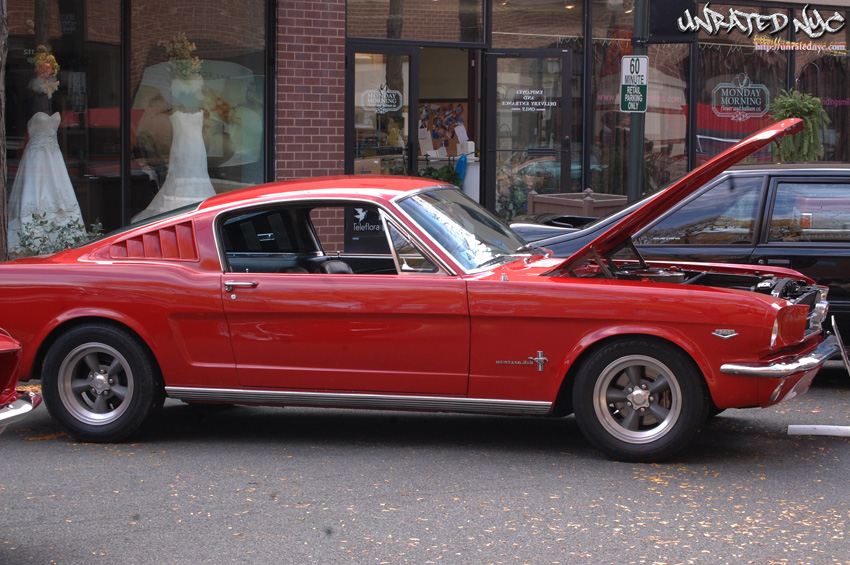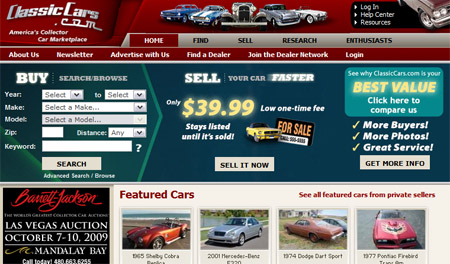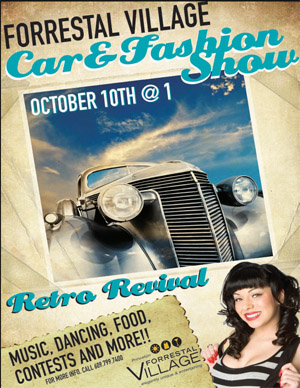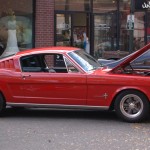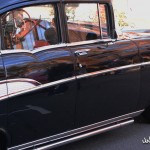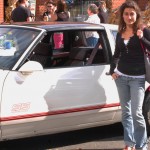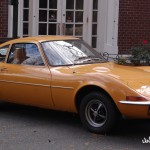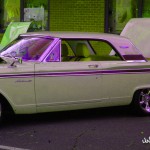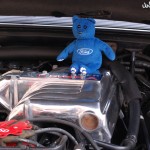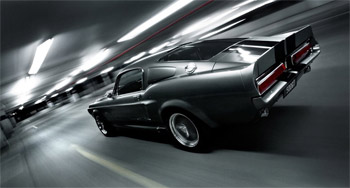 Classic car is a term used to describe an older car, but the exact meaning is subject to differences in opinion. Some are very inclusive, considering any older car to be a classic. Others, including the Classic Car Club of America, maintain that 1959 is the last year for a car to be a classic. The Classic Car Club of America defines a CCCA Classic or is as a fine or distinctive automobile, either American or foreign built, produced between 1925 and 1948. Generally, a Classic was high-priced when new and was built in limited quantities. (pull)Other factors, including engine displacement, custom coachwork and luxury accessories, such as power brakes, power clutch, and “one-shot” or automatic lubrication systems, help determine whether a car is considered to be a Classic.(/pull) Any member may petition for a vehicle to join the list. Such applications are carefully scrutinized and rarely is a new vehicle type admitted. This rather exclusive definition of a classic car is not universally followed, and this is acknowledged by the CCCA: while it still maintains the true definition of “classic car” is its, it generally uses terms such as CCCA Classic or the trademarked Full Classic to avoid confusion. Legally, most states have time-based rules for the definition of “classic” for purposes such as antique vehicle registration; for example, Pennsylvania defines it as “A motor vehicle, but not a reproduction thereof, manufactured at least 15 years prior to the current year which has been maintained in or restored to a condition which is substantially in conformity with manufacturer specifications and appearance.”The Antique Automobile Club of America defines an antique car as 25 years old or older. There was a worldwide change in styling trends in the immediate years after the end of World War II. The 1946 Crosley and Kaiser-Frazer, for example, changed the traditional discrete replaceable-fender treatment. From this point on, automobiles of all kinds became envelope bodies in basic plan. The CCCA term, “Classic Car” has been confined to “the functionally traditional designs of the earlier period” (mostly pre-war). They tended to have removable fenders, trunk, headlights, and a usual vertical grill treatment. In a large vehicle, such as a Duesenberg, Pierce-Arrow, or in a smaller form, the MG TC, with traditional lines, might typify the CCCA term. Another vehicle might be a classic example of a later period but not a car from the “classic period of design”, in the opinion of the CCCA.
Classic car is a term used to describe an older car, but the exact meaning is subject to differences in opinion. Some are very inclusive, considering any older car to be a classic. Others, including the Classic Car Club of America, maintain that 1959 is the last year for a car to be a classic. The Classic Car Club of America defines a CCCA Classic or is as a fine or distinctive automobile, either American or foreign built, produced between 1925 and 1948. Generally, a Classic was high-priced when new and was built in limited quantities. (pull)Other factors, including engine displacement, custom coachwork and luxury accessories, such as power brakes, power clutch, and “one-shot” or automatic lubrication systems, help determine whether a car is considered to be a Classic.(/pull) Any member may petition for a vehicle to join the list. Such applications are carefully scrutinized and rarely is a new vehicle type admitted. This rather exclusive definition of a classic car is not universally followed, and this is acknowledged by the CCCA: while it still maintains the true definition of “classic car” is its, it generally uses terms such as CCCA Classic or the trademarked Full Classic to avoid confusion. Legally, most states have time-based rules for the definition of “classic” for purposes such as antique vehicle registration; for example, Pennsylvania defines it as “A motor vehicle, but not a reproduction thereof, manufactured at least 15 years prior to the current year which has been maintained in or restored to a condition which is substantially in conformity with manufacturer specifications and appearance.”The Antique Automobile Club of America defines an antique car as 25 years old or older. There was a worldwide change in styling trends in the immediate years after the end of World War II. The 1946 Crosley and Kaiser-Frazer, for example, changed the traditional discrete replaceable-fender treatment. From this point on, automobiles of all kinds became envelope bodies in basic plan. The CCCA term, “Classic Car” has been confined to “the functionally traditional designs of the earlier period” (mostly pre-war). They tended to have removable fenders, trunk, headlights, and a usual vertical grill treatment. In a large vehicle, such as a Duesenberg, Pierce-Arrow, or in a smaller form, the MG TC, with traditional lines, might typify the CCCA term. Another vehicle might be a classic example of a later period but not a car from the “classic period of design”, in the opinion of the CCCA.
